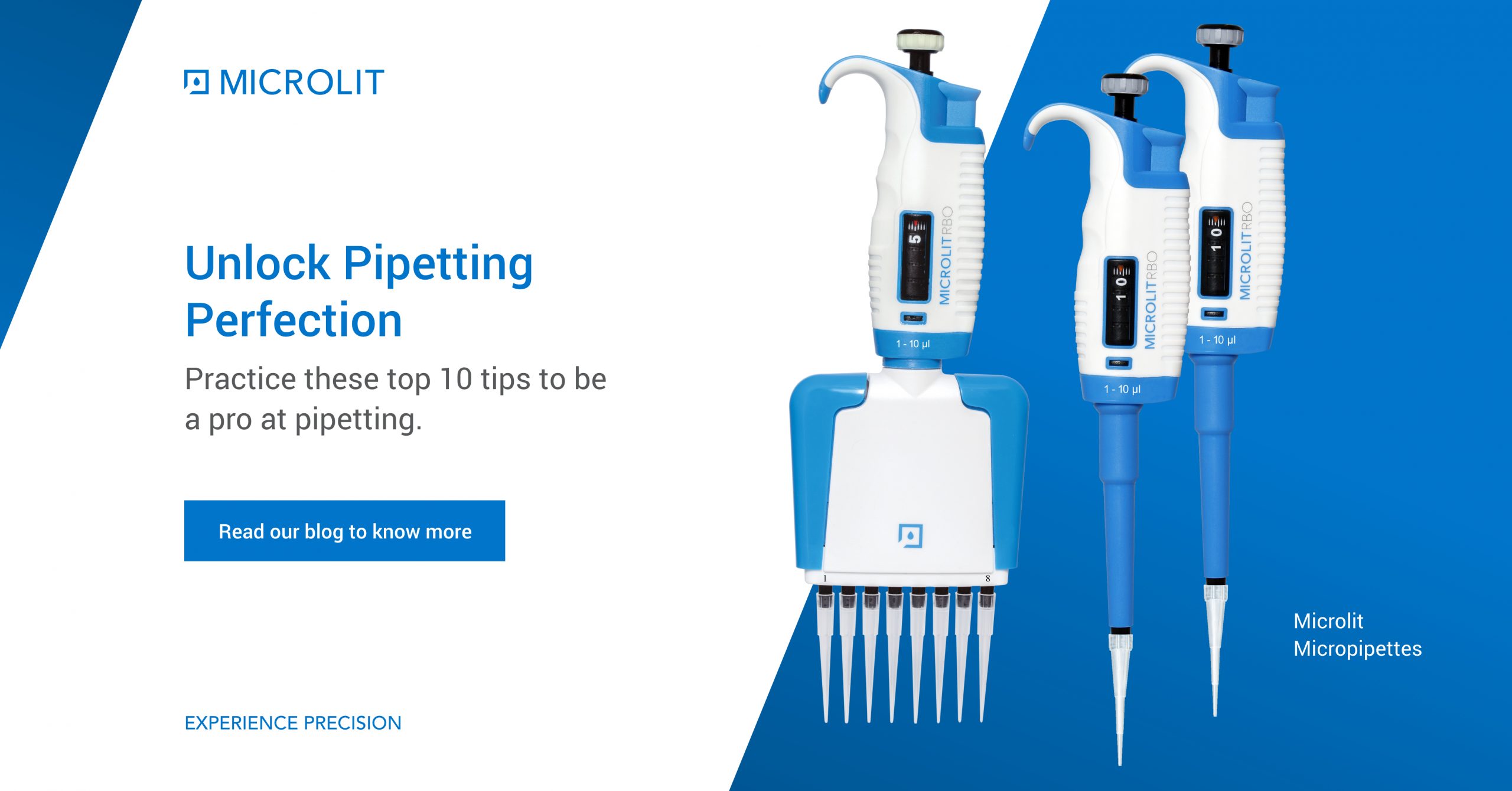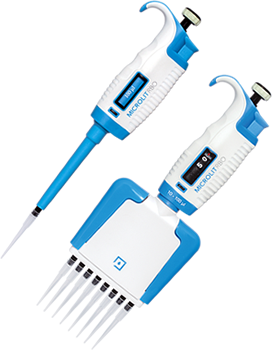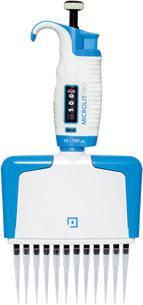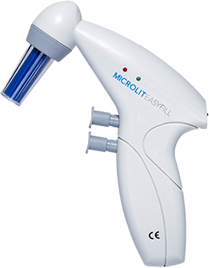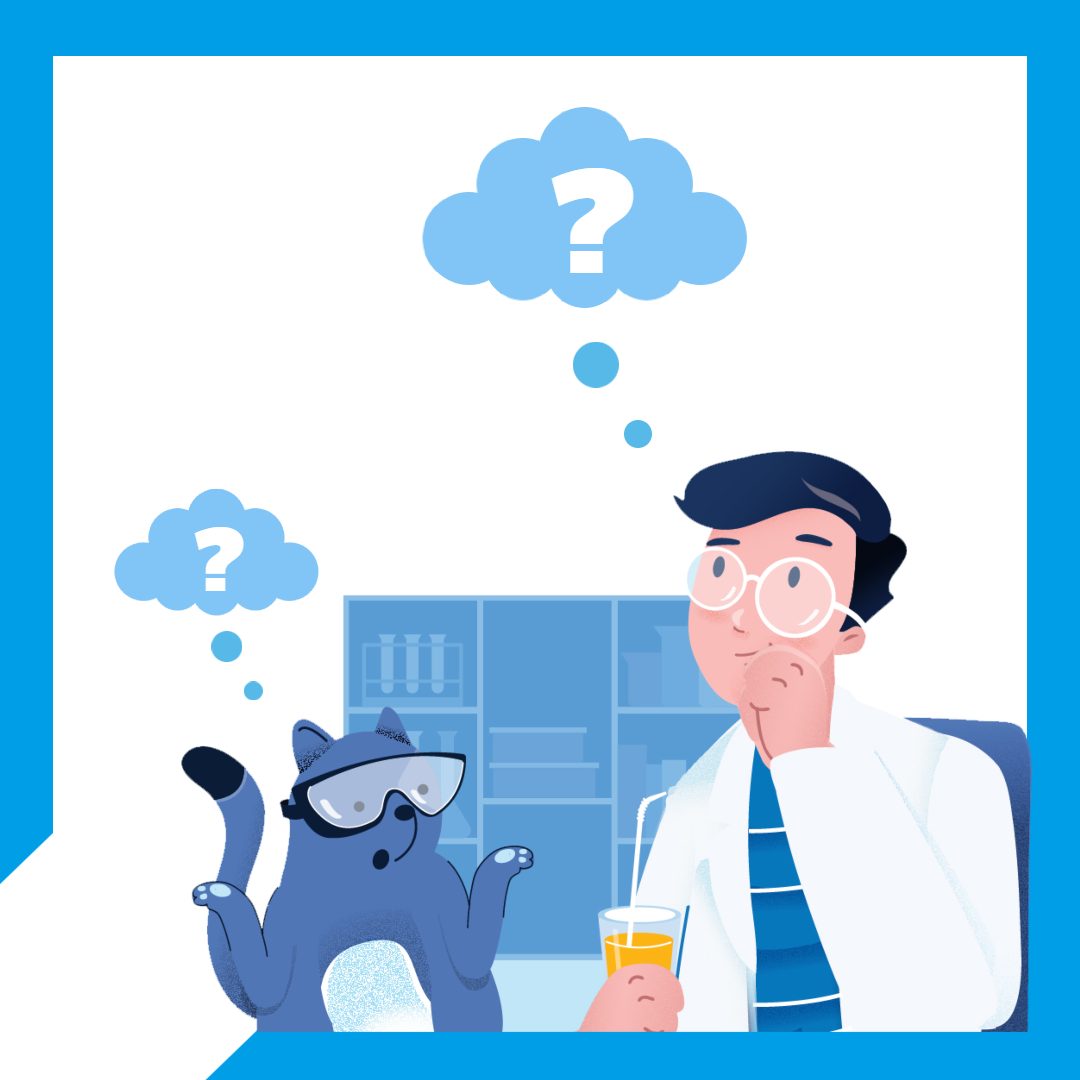Accurate and precise pipetting is a crucial element of most laboratory work. Without focus on pipetting excellence, the integrity of your experiments may be compromised and the results would not be reproducible. Worse still, your readouts would be massively inaccurate and it would be meaningless to compare them with others.
Pipettes or Micropipettes may be high-precision instruments, but the accuracy they deliver depends on how you handle it, how you maintain it, how to pipette properly, how you master your pipetting technique and understand its operation technically. Once you actually master these steps or Pipetting Tips, can you claim to be precise with these instruments.
1. Pre-Wet the Pipette Tip
Before aspirating any sample for your experiment or delivery, you should aspirate and dispense the sample liquid at least three times to pre-wet the tip. If the tip is not pre-wetted, significant sample loss may be caused by the evaporation of liquid within the tip. By pre-wetting, the humidity of the tip increases and reduces the possibility of any variation in the dispensed samples.
2. Don’t Place a Pipette with aspirated liquid on its Side
An air column separates the liquid in the pipette from the pipette barrel which holds the piston. Naturally, due to gravity, nothing can prevent the liquid from rolling down into the barrel if the pipette is placed on its side. If any liquid is left inside the pipette barrel, it may result in contamination and may even cause serious damage to the functioning of the pipette due to corrosion.
3. Test Your Pipetting Accuracy
You may test the accuracy of your pipetting technique by following a simple procedure. Adjust your pipette to the maximum volume or the Nominal Volume of the pipette. Aspirate and Dispense the nominal volume onto a small container placed on an analytical balance. Record the dispensed weight as shown by the balance. Repeat this process at least 10 times and compute the Coefficient of Variation of the readings (formula below). If the CV is more than 0.5%, then you need to re-evaluate your pipetting technique.
Standard Deviation

? = Mean
xi = Volume
N = Number of readings
CV% = (SD/Mean)*100
4. Do Not Press to the Second Stop during Aspiration
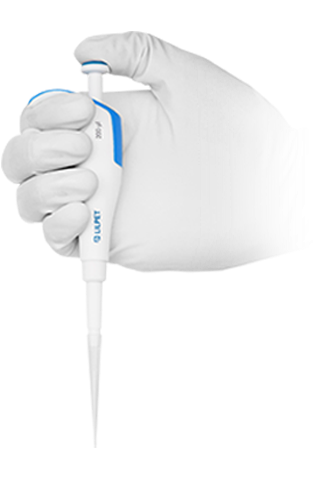 A pipette plunger has 2 stops designed specifically for aspiration and dispensing. Amateur pipette users may press the plunger to the second stop during aspiration which will result in extra liquid to be aspirated and dispensed. Make sure to press only to the FIRST stop during aspiration and only the second stop only to blow-out and remaining liquid in the pipette tip during dispensing.
A pipette plunger has 2 stops designed specifically for aspiration and dispensing. Amateur pipette users may press the plunger to the second stop during aspiration which will result in extra liquid to be aspirated and dispensed. Make sure to press only to the FIRST stop during aspiration and only the second stop only to blow-out and remaining liquid in the pipette tip during dispensing.
5. Take the Ambient Temperature into Consideration
Your pipette is most likely calibrated at room temperature but you might be working in a lab with a significantly different ambient temperature. This may result in your pipette not dispensing accurate volumes. To fix this problem, please re-calibrate your pipette in the same ambient temperature.
6. Choose the Correct Pipette for the Volume you Dispense
The accuracy and precision of your pipette decreases as the dispensed volume approaches the minimum the pipette can handle. For example, if you are dispensing 15 µL, then a 1 mL pipette would be a terrible match, a 200 µL pipette would not be so good, and 20 µL pipette would be ideal. So, choose your pipette such that the nominal volume of the pipette is slightly larger than most commonly pipetting volume for your use case, ensuring you use the most accurate pipette.
7. Check Your Pipettes for Damage
Everyday, before starting your experiments, examine the tip-cone (nose) of the pipette barrel you would be working with, for damage. If there’s any visible damage, this may result in leakage between the tip-cone and the pipette tips you attach. This leakage will cause inaccurate results, so please have the pipette repaired immediately.
8. Clean Your Pipette Before Use
Contrary to popular wisdom, your pipettes may be washed regularly with 70% ethanol. This will not damage or affect the functionality of the instrument.
9. Store Your Pipette in a Pipette Holder
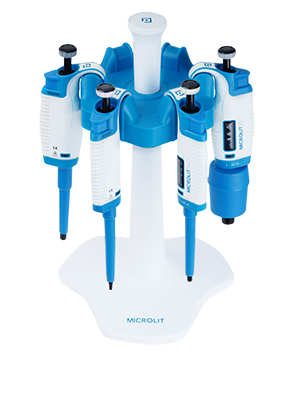 When you store your pipette vertically, it prevents any liquid in the pipette barrel to go further, thereby avoiding corrosion. This will significantly improve the life of your pipette.
When you store your pipette vertically, it prevents any liquid in the pipette barrel to go further, thereby avoiding corrosion. This will significantly improve the life of your pipette.
10. Use Consistent Plunger Pressure and Speed
Try to be as consistent as possible with the force applied on the plunger during aspiration and dispense. This will improve the precision of your dispensed samples and lead to more accurate pipetting.
If you’re looking for more tips for pipetting or ways to improve your time-efficient pipetting or how to improve pipetting accuracy, feel free to contact us at info-usa@microlit.com
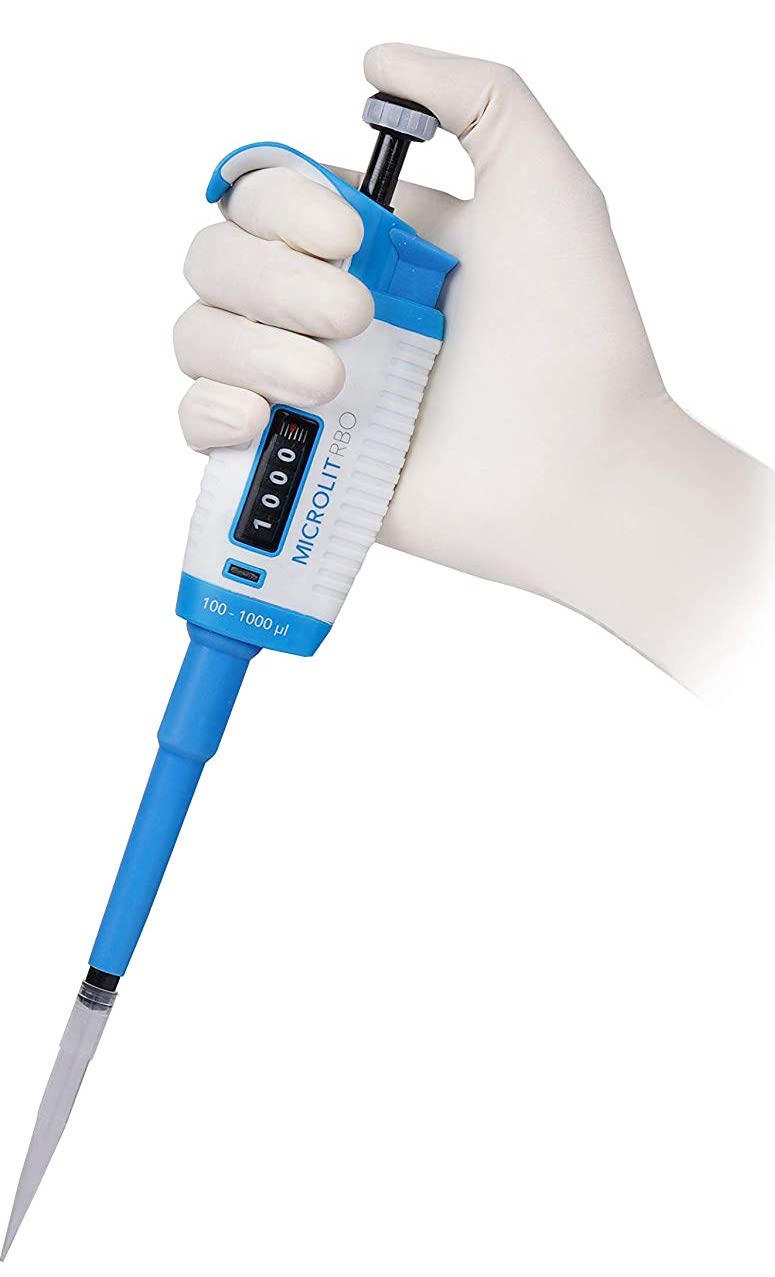





 9510
9510